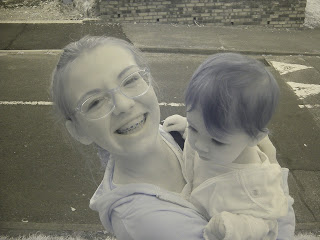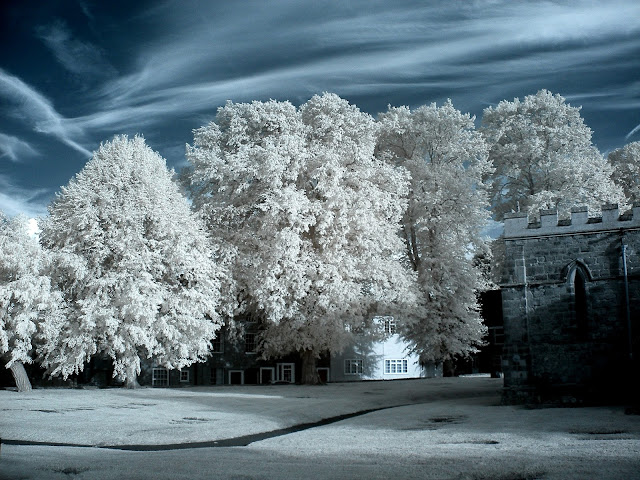 |
| The Melbourne art festival theme this year was "out of the woods" |
This is the first year where I have gone through a full circle of a photographic season consisting of a full photography club program followed by a pause over the summer months.
This is the standard calendar for the club, but before I had gone through it, I had not understood the reasoning behind it. I now see that it is to allow the organization of trips to be be undertaken while the days are long.
Unfortunately due to my work, it is rare that I can take advantage of these opportunities. Therefore during these months there is a tendency to lose touch with the majority of the club membership.
The month of September is where it all kicks off again, starting with an exhibition of members work as part of the Melbourne arts festival. This is also a great opportunity to compare and contrast your work over the summer with some of the other members.
 |
| The Club presentation. None of my photos are in this picture(they are just too good!!) |
However I thought the same last last year and was proved to be wrong (some of the time anyway), so it is probably just natural pessimism. However time will tell, whether it also includes any semblence of realism.
I learned from last year was to never 2nd guess photographic judges. All you can do is your best and hope on the day of competition that your vision matches a particular judges mindset.
Exhibitions
One thing I am always in a quandary about, is whether I should show my competition photos in these sort of shows or whether I should I keep my powder dry, so to speak.
In reality, I probably think too much about these sort of things, but part of me feels I should not forewarn the competition (as I like to call my fellow members). Part of me also feels that I should give myself a good slapping and just get on with it. Unfortunately these sort of ideas often struggle up from my primeval sub-conscience, where in reality they should be well and truly sat on.
In the end, I did not present what I considered my best photos and this back fired. For the 1st time, the club decided to have a public vote on the print images in the exhibition. This was a last minute decision, but I think that if I had known before hand I would of chosen and presented different images. In the end karma gave me a good kicking.
The Public Vote
Watching what the public like can be very instructive.I have noticed in the past that the photos that non-photographers like, are not necessarily what do well in competitions and vice versa.
Generally the public like photographs with bright colour's, while black and white photos are considered more kindly by judges. Also the subject can be as important as the photo technique. Wildlife is always a winner and it is was of no surprise that two pictures of Puffins (by Simon Pearce and John Wesson) were doing well.
Another photo that was doing well on the day was a picture of a train. This had fared badly ( harshly in my opinion) during competition, so it just goes to show the contrast between public and judges opinions (and maybe judges don't it always get it right).
One of the things I noticed about my work when reviewing this summers photos was that I had taken an lot of black and white photos this year( partly due to my experimentation with infra read). I was tempted for a while to present all black and white photos in the exhibition, but I chickened out. In the end it was however the right decision, but for the wrong reasons.
Another thing I noticed was that club members tend to show larger prints in these occasions than the competition rules allow. This again means the photos have more impact in these sort of public exhibitions.
Due to its success I am sure that the public vote will become a integral part of exhibitions from now on, so next time I will take this into account.
Round the festival
Because the exhibition was part of a larger arts festival, it also gave me a chance to look at some other 'professional' photographers. While there were some great work out there, there were also some which I could not understand at any level.
One in particular was photos of textures such as brick walls and other such things. I like to think I have a broad view of photography, but I struggle to see such things attractions or why anyone would buy them.
Obviously they make money from such images, so it must be me. Again however it shows that photography as with any art, quality comes down as much to personal opinion as any other metric
The organizers also asked if the club would take photos of the festival (This is a bit like asking a crack addict, if they would mind getting free cocaine). I duly took the opportunity to try my hand at event photography, yet again. My initial review of results were disappointing, but now I processed them, I am happy with some of them.
I have said before that it is not an area of photography I ever feel comfortable doing, but maybe it is an area I should do more often. However it will be interesting to see what other members get.
 |
| We're forever blowing bubbles! |









